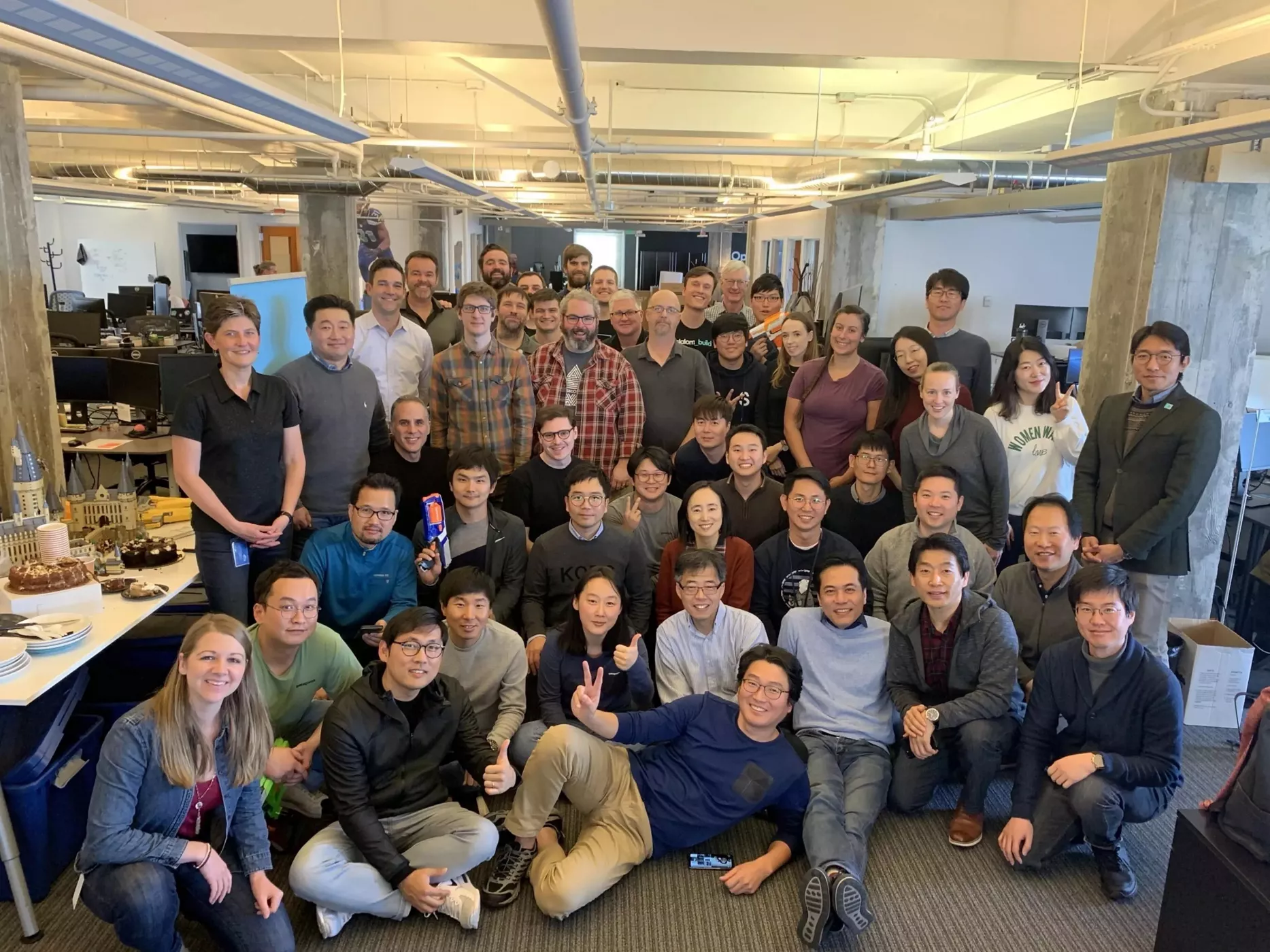Optimizing Human-Machine Combinations: Part Two

In the first part of this series, we explored the emerging dynamics of work in the era of Artificial Intelligence (AI) and laid the groundwork for understanding the critical elements of human-machine collaboration. As we delve deeper into this topic, we’ll be addressing several key questions related to the nature of the work, the roles of AI, and the process of implementing AI in a human-centric manner.
In Part Two, we will:
- Explore the context of work — the nature and segmentation of jobs and the attributes of tasks. We’ll understand the impact of these tasks, their complexity, and their interdependencies.
- Investigate the specific use cases for AI as a collaborative partner, including its potential roles, the type of AI to be implemented, and the model for prioritizing human-machine optimization.
- Review the key workforce levers necessary to formulate a workforce strategy that promotes cultural diversity and engagement and enables responsible AI use.
- Share a human-centric operating model approach, comprising defining operating principles, redefining roles, skills, processes, and learning and development programs.
- Review the crucial last step of measuring the impacts — financial, operational, and people-related — of these transformations.
Welcome to the second part of our journey — navigating the nuances of the AI-augmented future of work.
Exploring the Context of Work
Let’s start with our multidimensional analysis approach. The optimized combination is a function of task, human, machine, and business impact.
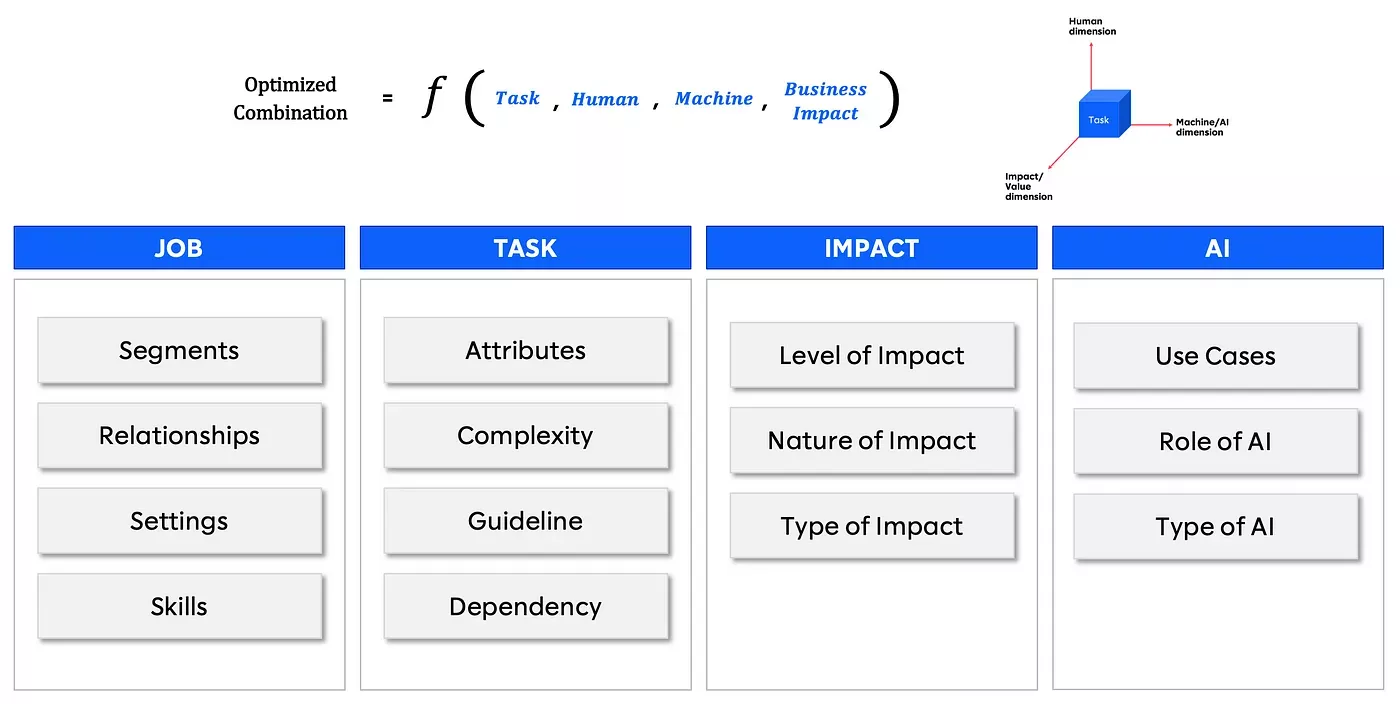 Figure 1: Optimized combination formula
Figure 1: Optimized combination formula
The optimization process starts by understanding the context and nature of the work. Every job is unique, shaped by the specific industry, organizational culture, and tasks involved. As such, the first step involves breaking down jobs into constituent tasks to understand their characteristics, complexity, interdependencies, and impact levels.
- Context of the Work: The context is determined by the industry, organization, and department. For example, a data analyst working in a healthcare organization would have different tasks compared to one working in the finance sector.
- Nature of the Job: Jobs can be manual, cognitive, customer-facing, or involve a combination of these. The tasks involved may require skills like creativity, problem-solving, physical labor, or emotional intelligence.
- Segmenting Jobs: A job should be segmented based on its constituent tasks. Each task should be examined in terms of complexity, level of impact, and level of interdependence with other tasks.
- Attributes of Tasks: Tasks can be categorized as routine, analytical, manual, cognitive, and more. They might involve complex decision-making, require human interaction, or be based on rules and procedures.
- Impact of Tasks: The impact of a task can be operational, financial, strategic, or related to customer satisfaction.
Once we have a clear understanding of the work, the role and type of AI can be determined.
AI: The Collaborative Partner
The next stage involves determining what AI should do and the role it should take. This is dependent on the tasks it will augment or substitute.
- Use Cases for AI: AI can automate routine tasks, support decision-making, analyze data, or even interact with customers.
- Role of AI: AI can substitute, augment, or create new tasks. The role it takes depends on the nature of the task and the overall job.
- Type of AI: Depending on the task, different types of AI can be implemented, such as machine learning for predictive analytics or natural language processing for customer interactions.
 Figure 2: Impact/role of AI
Figure 2: Impact/role of AI
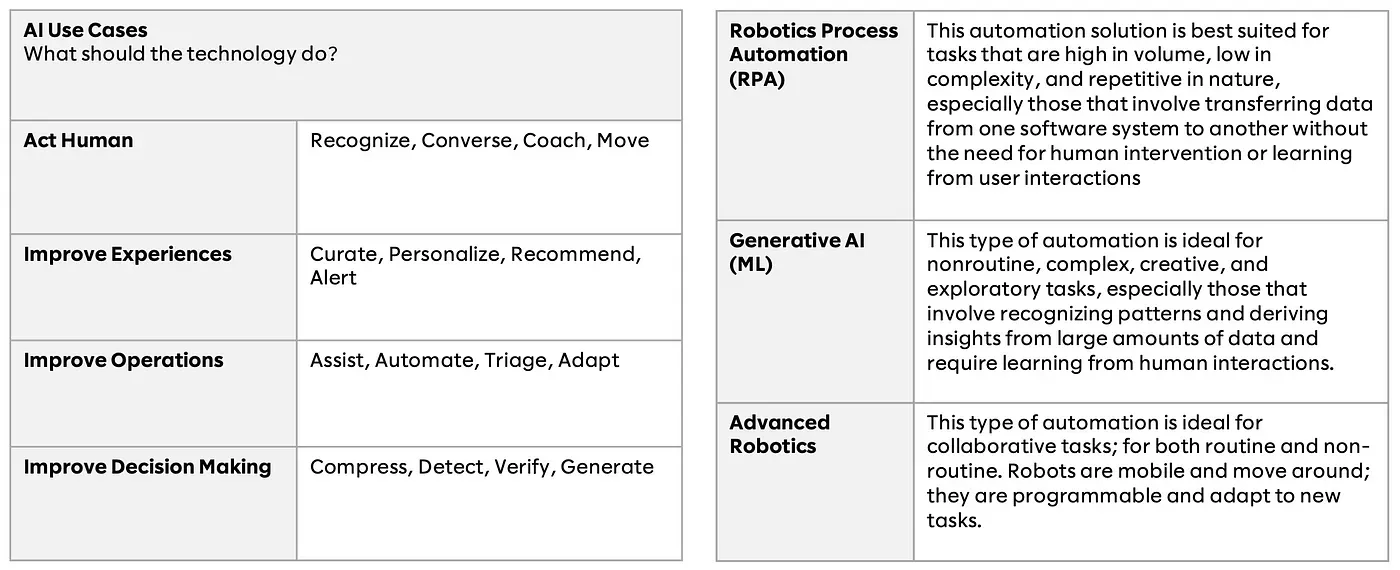 Figure 3: Use cases for AI and type of AI
Figure 3: Use cases for AI and type of AI
Formulate Workforce Strategy
At the onset of our journey towards AI augmentation, framing a comprehensive workforce strategy becomes pivotal. This strategy should define the skills and roles needed in an AI-integrated future, creating the foundation for an actionable training and development blueprint.
In this context, the strategy should incorporate five key workforce levers, each linked to the different roles of AI:
- Develop (Build): Focus on enhancing the skills of the current workforce, preparing them for AI augmentation where their roles are amplified, not replaced.
- Redeploy: As AI substitutes specific roles, relocate staff to new roles where human insight and skills still hold a competitive edge.
- Acquire (Buy): As AI disrupts the job market, new roles will emerge. Actively recruit new talent with the necessary skills to meet these evolving demands.
- Contract (Borrow): Utilize contract work or external resources to navigate temporary or project-based needs in the midst of these transformations.
- Release: In some cases, AI may render certain roles obsolete. Make strategic decisions to release personnel whose roles no longer align with the future direction of the organization.
 Figure 4: Job segments and workforce levers
Figure 4: Job segments and workforce levers
The workforce strategy should also map out a path for transforming the organization’s leadership and culture. It should provide a balanced approach between AI and human roles to maximize efficiency, creativity, and innovation while emphasizing the importance of diversity and inclusion.
This strategic approach to workforce planning lays the groundwork for the human-centric operating model design, guiding the creation of a change roadmap, adoption plans, and the measurement of impacts across financial, operational, and human dimensions.
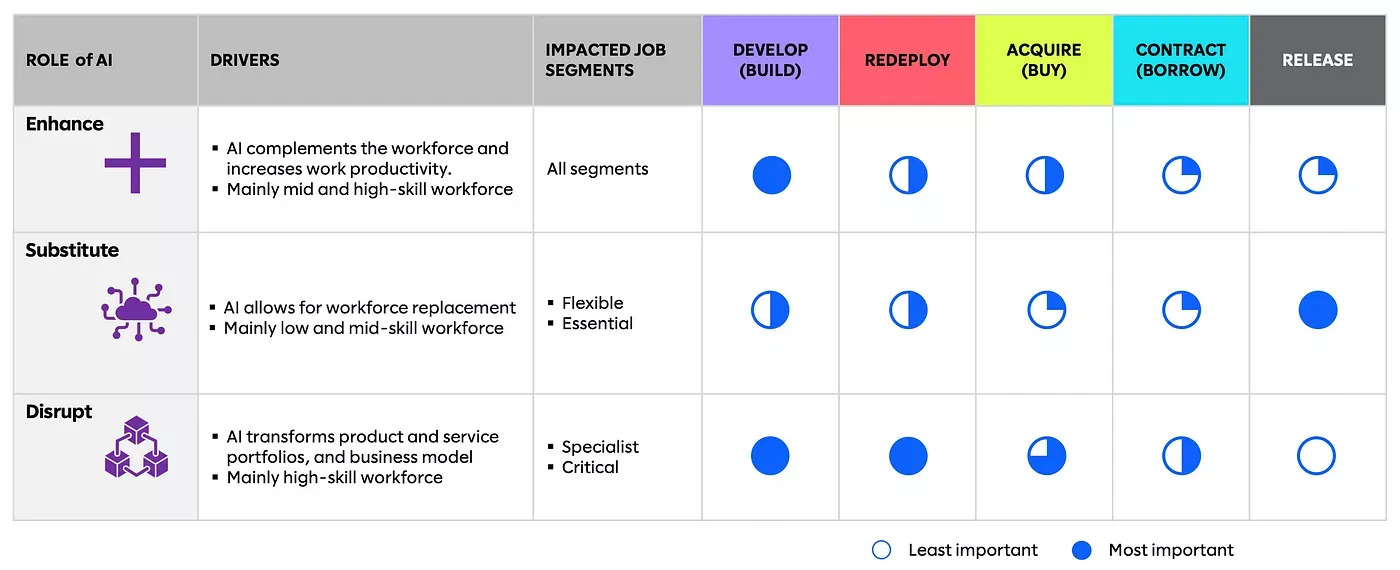 Figure 5: Combining workforce levers and the job segments by the role of AI
Figure 5: Combining workforce levers and the job segments by the role of AI
Implementing AI in a Human-Centric Manner
This leads us to the most critical stage — implementation. To ensure a human-centric approach, a model for prioritization of tasks for AI intervention should be established based on their strategic importance, feasibility of AI implementation, and potential impact.
To facilitate a successful transition, a “Human-Centric Operating Model” is essential. This model includes the following steps:
- Define Operating Principles: Establish governance mechanisms to manage the implementation of AI and monitor its operation and outcomes.
- Redefine Roles and Skills: Identify the new roles and skills required in the AI-augmented workplace and map them to existing and new jobs.
- Redefine Processes: Redesign business processes to incorporate AI and ensure smooth human-machine collaboration.
- Redefine Learning and Development Programs: Develop training programs to upskill the workforce for new roles and tasks.
- Align Leadership: Ensure that leadership is onboard and committed to leading the change.
- Redefine Culture, Diversity, and Engagement Drivers: Foster a culture that embraces AI, values diversity, and encourages employee engagement.
- Identify and Remediate Risk Implications: Address potential risks and ethical considerations associated with AI deployment.
- Develop High-Level Change Roadmap: Outline the journey of transition with clear milestones.
- Develop Detailed Change and Adoption Plan: Develop a comprehensive plan detailing every aspect of the transition and how it will be managed.
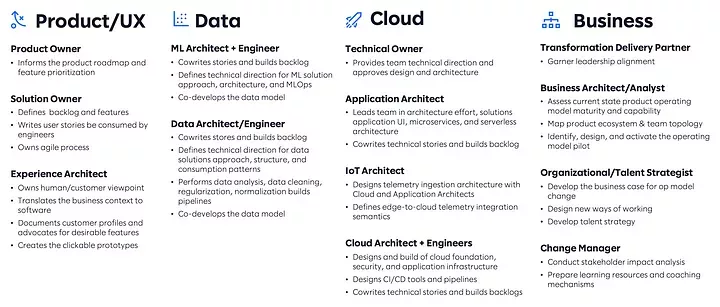 Figure 6: The multidisciplinary delivery model and team composition will be key to large-scale transformation initiatives
Figure 6: The multidisciplinary delivery model and team composition will be key to large-scale transformation initiatives
Measure Impacts (Financial, Operational, and People)
The last step in our human-centric operating model approach is to measure the impacts of AI integration. This encompasses assessing the effect on financial parameters, operational efficiencies, and the human element within the organization. Here’s how these areas are evaluated:
The last step in our human-centric operating model approach is to measure the impacts of AI integration. This encompasses assessing the effect on financial parameters, operational efficiencies, and the human element within the organization. Here’s how these areas are evaluated:
1. Financial Impact:
The economic returns of AI implementation are critically important, as they demonstrate the value proposition of the technology and provide a clear picture of the return on investment (ROI). Here’s how we determine the financial impact:
- Return on Investment (ROI): Calculated as the net benefits of AI minus implementation costs, reflecting the financial success of AI projects.
- Cost Savings: Resulting from task automation, reduced labor costs, and improved process efficiencies.
- Revenue Growth: Possible through new business models, improved customer service, and enhanced sales analysis.
2. Operational impact
Understanding the operational impact of AI integration helps assess how the technology has enhanced business processes. Here are some key indicators:
- Process Efficiency: AI reduces process time and increases productivity.
- Quality Improvement: AI improves outcome reliability and reduces errors.
- Innovation: AI facilitates the creation of new products, services, or processes, boosting competitiveness.
3. People Impact
Assessing the people impact is essential to understand how AI has affected your workforce. This can be gauged through:
- Job Transformation: Reflects how AI changes job roles, tasks, and skill requirements.
- Employee Satisfaction: Gauges employee sentiments about AI, including job security and comfort level.
- Learning and Development: Measures the success of upskilling programs in preparing employees for an AI-integrated workspace.
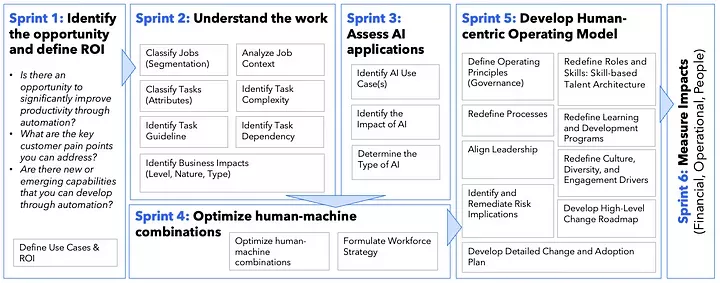 Figure 7: A holistic model for AI-Enabled Organizations
Figure 7: A holistic model for AI-Enabled Organizations
Closing Thoughts…
The journey may seem intricate, but with every step, we come closer to an era where humans and machines not only coexist but thrive symbiotically.
As we advance towards an AI-integrated future, understanding the context of work, the nature of jobs and the attributes of tasks becomes increasingly essential. By evaluating tasks from a human, machine, and impact perspective, we can identify the most promising opportunities for AI applications. This approach allows us to consider AI’s roles not just as a substitute but also as an augmenter and disruptor, resulting in the transformation of existing jobs and the creation of new ones.
Formulating a workforce strategy using key levers such as development, redeployment, acquisition, contracting, and release becomes a necessary step prior to designing a human-centric operating model. This strategy paves the way for workforce transformation, leadership development, and cultural change management, balancing AI and human roles to optimize efficiency, creativity, and innovation.
In this transformation journey, we must remain attentive to our overall organizational goals and values, as well as the diversity and inclusivity of our workforce. It’s crucial to measure the financial, operational, and human impacts regularly, continually refining our approach to ensure the successful integration of AI and fostering a work environment that thrives on human-machine collaboration. As we navigate this new landscape, our ultimate goal is to enhance the value our organizations provide and, in doing so, redefine the future of work.
Special thanks to Evelyn Warrell-Buitrago for the editorial support.

